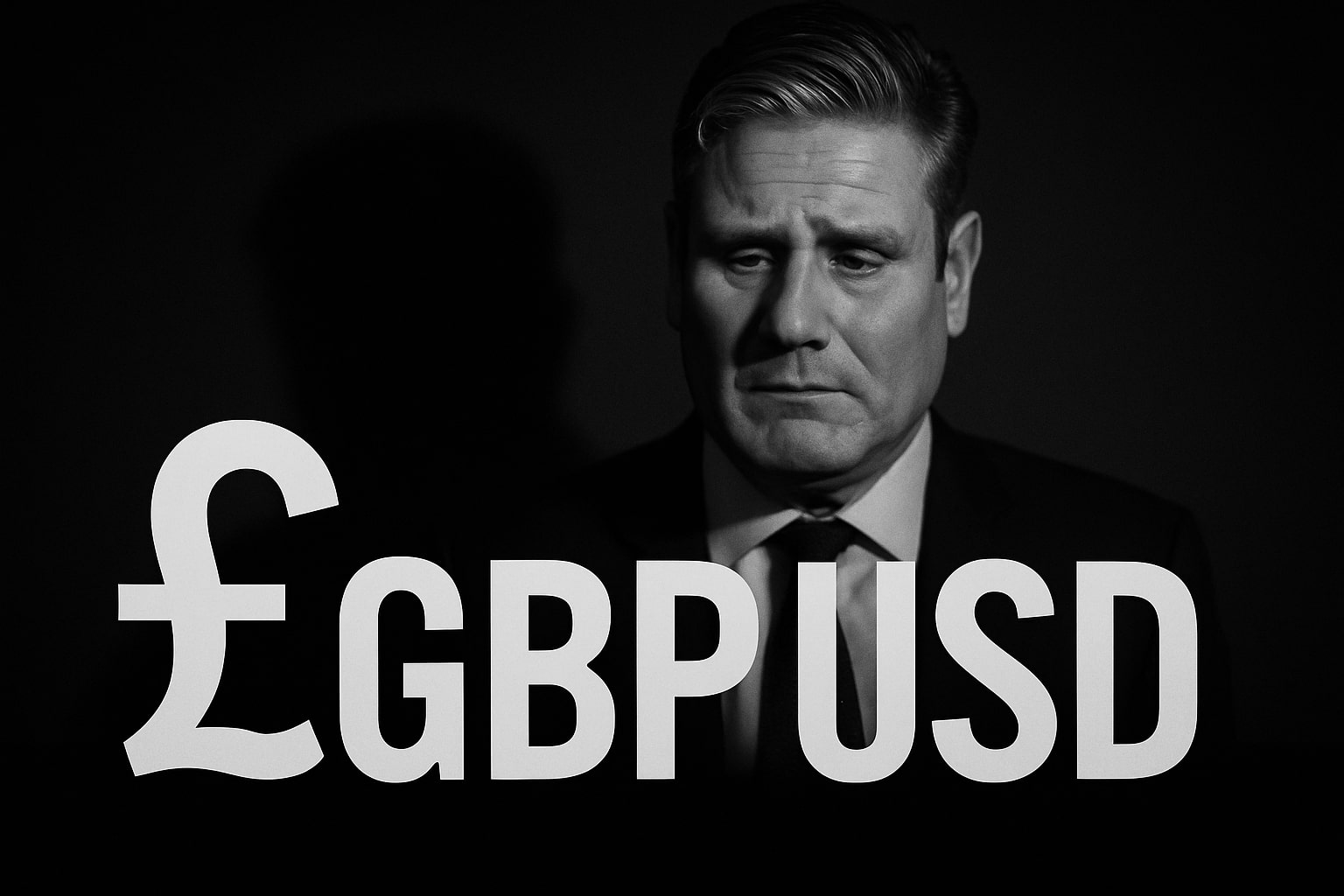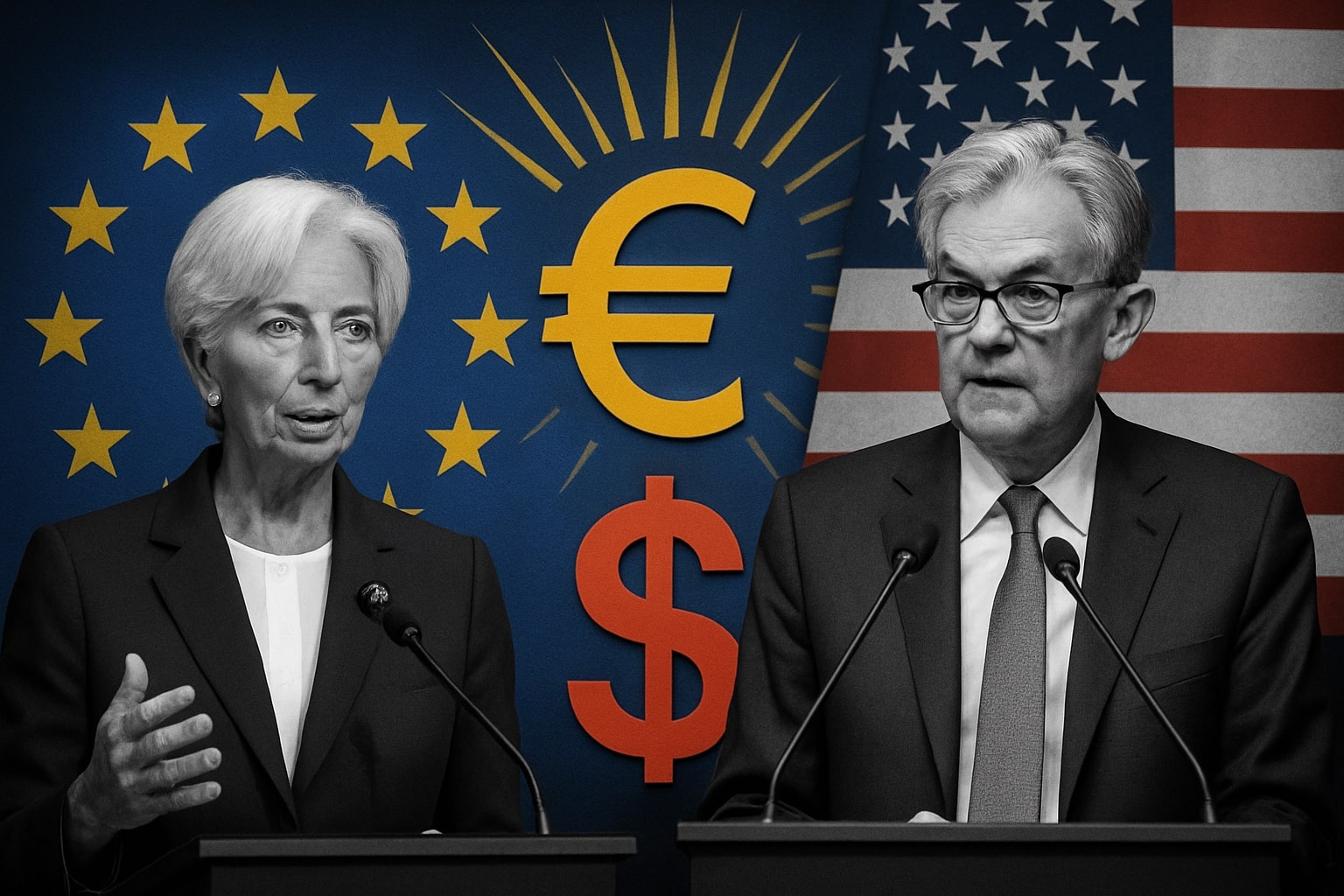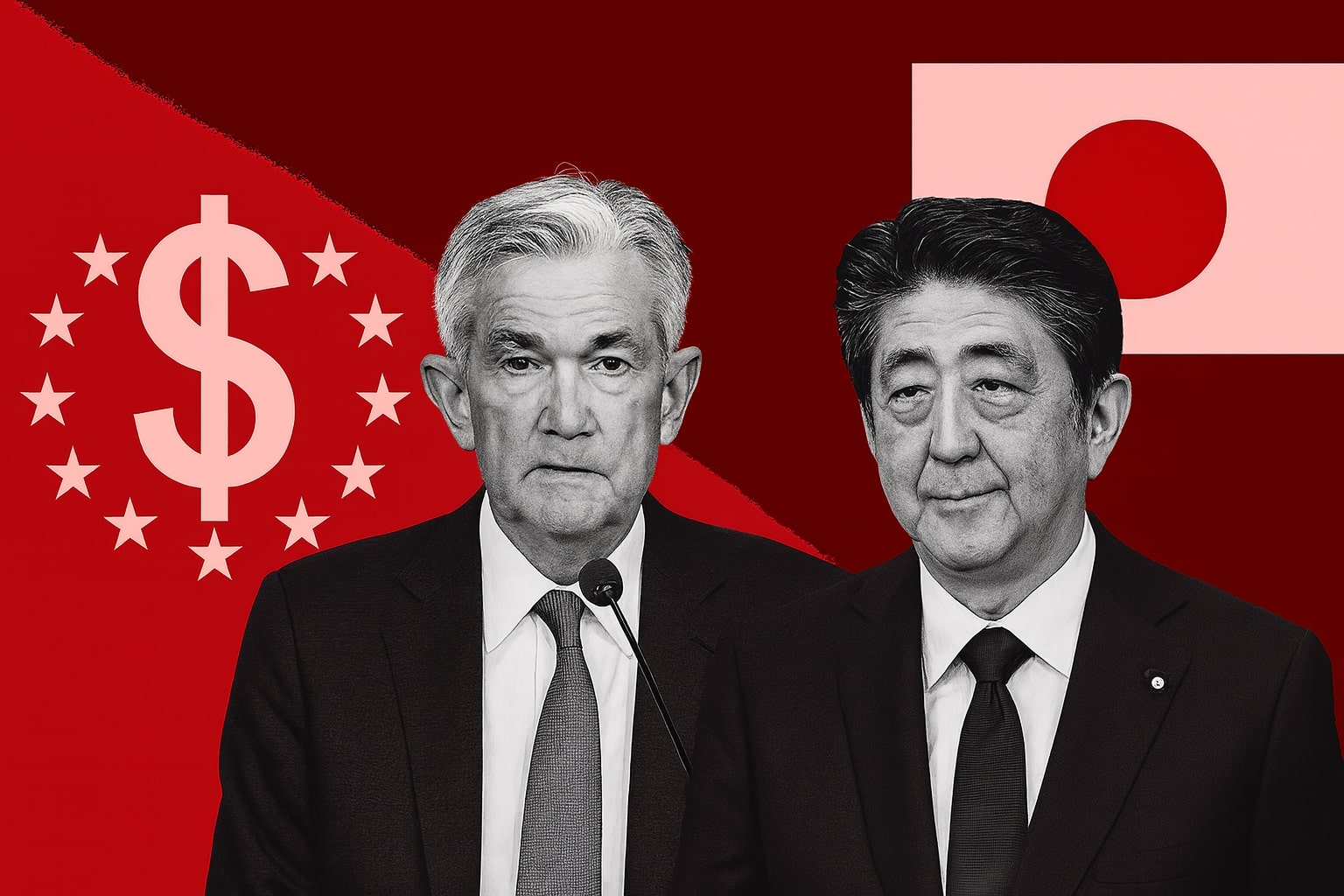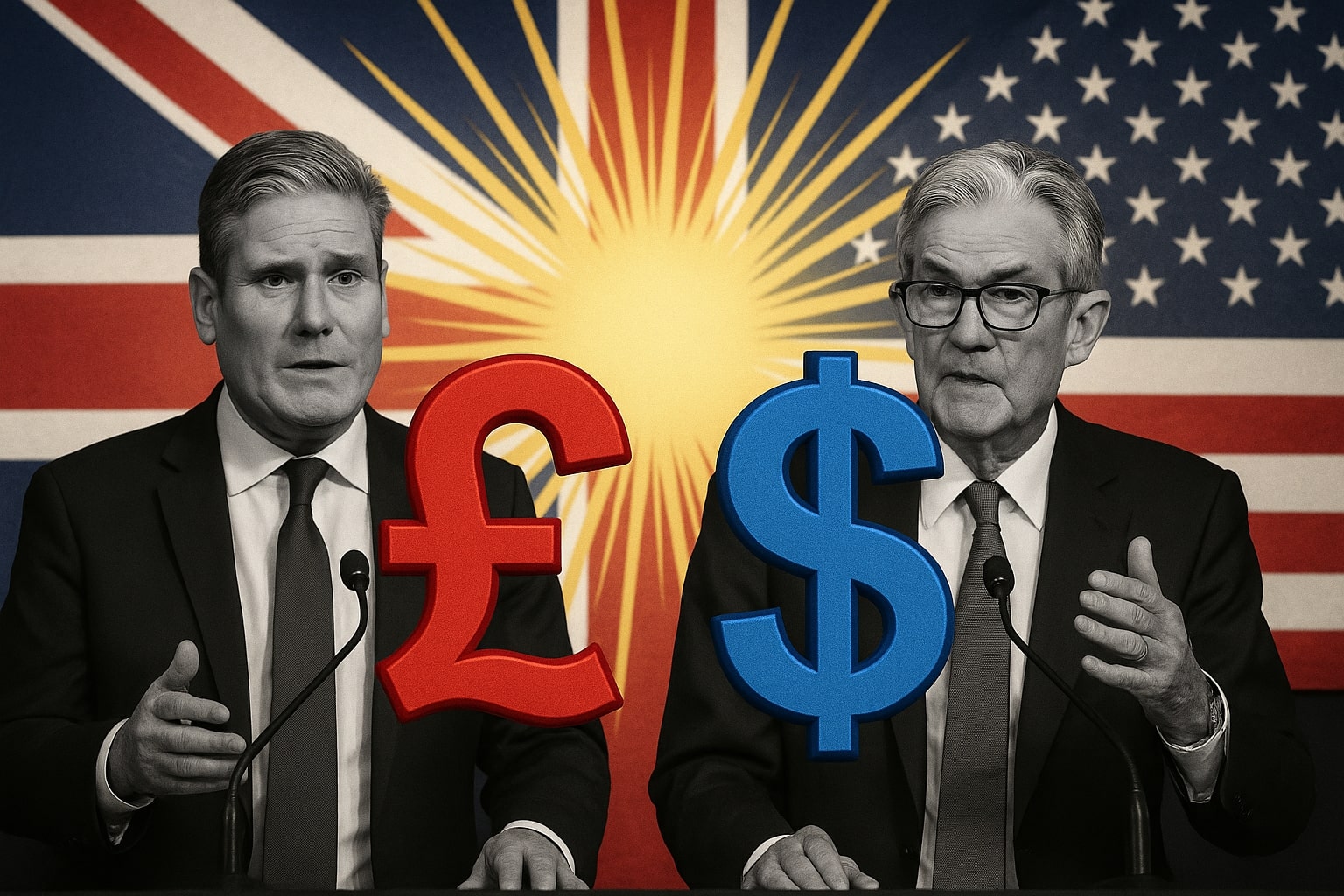The British Pound has stabilized near 1.3360 after a volatile week defined by shifting monetary expectations on both sides of the Atlantic. The GBP/USD pair rebounded from a two-day slide, supported by a weakening U.S. Dollar following Federal Reserve Chair Jerome Powell’s dovish tone at the National Association for Business Economics Conference. Powell signaled that the October rate cut remains on track and that quantitative tightening could be nearing its end, sparking a global sell-off in yields and boosting risk sentiment. The U.S. Dollar Index (DXY) fell below 99.00 for a second consecutive day, while the two-year Treasury yield slipped to 3.48%, its lowest level since 2022. The ten-year yield hovered just above 4%, and the thirty-year touched 4.6%, both one-month lows. The result was a decisive easing in dollar momentum, giving room for sterling to recover despite weak domestic fundamentals.
Fed Policy and U.S. Shutdown Pressure the Dollar
Investor positioning in GBP/USD has shifted decisively since the U.S. government shutdown entered its third week, halting key data releases and complicating the Fed’s decision-making. Powell admitted that the central bank now relies on private-sector indicators, highlighting that the lack of official data increases policy uncertainty. Markets are now pricing a 94% probability of a rate cut in October and 93% in December, according to the CME FedWatch tool, while Fed officials Susan Collins, Christopher Waller, and Jeff Schmid have all suggested that restrictive policy must ease to prevent deeper labor market damage. The Fed’s dovish stance, coupled with falling yields, has turned the U.S. Dollar’s rally into what analysts describe as a “corrective bounce,” leaving DXY vulnerable to further downside toward the 98.40–98.00 range.
UK Economic Fragility Limits Sterling’s Upside
The rebound in sterling comes against the backdrop of deteriorating UK employment and wage data that have reignited bets for a Bank of England (BoE) rate cut before year-end. The two-year Gilt yield dropped 5 basis points to 4.31%, as traders increased the probability of a BoE cut from 20% to 40% over the past three sessions. The latest figures show a noticeable cooling in hiring and slower wage growth, signaling that Britain’s post-pandemic labor strength is fading. The BoE faces an increasingly complex policy trade-off: inflation remains above target, but economic stagnation risks deepening if rates stay restrictive. Market participants expect the BoE to cut rates by roughly 46 basis points by December, narrowing the policy gap with the U.S. Federal Reserve and limiting GBP/USD’s sustained upside.
Technical Structure: Sterling Holds Key Support but Faces $1.34 Barrier
From a technical perspective, GBP/USD remains range-bound between 1.3290 and 1.3365, struggling to break the resistance trendline that has capped gains since late September. The pair tested a two-and-a-half-month low earlier in the week before rebounding from 1.3230 support, forming a bullish hammer pattern above the 200-day EMA—a sign that bearish momentum may be fading. Momentum indicators confirm improving sentiment: the RSI sits near 57.5, while price action remains above the 50-EMA (1.3339) and just below the 200-EMA (1.3408), signaling that a breakout above 1.3400 could trigger acceleration toward 1.3450 and 1.3520. The short-term bias is mildly bullish as long as the pair sustains above 1.3300, though sellers are expected to reappear near the 1.34–1.35 zone unless macro catalysts shift decisively in favor of sterling.
Market Dynamics: Diverging Central Bank Paths Define Sterling’s Behavior
The current price pattern reflects a tug-of-war between monetary divergence and relative growth prospects. The Federal Reserve’s dovish pivot has weakened the dollar, but the BoE’s own caution prevents sterling from fully capitalizing on it. Analysts suggest that the GBP/USD pair will remain confined within a broad 1.3260–1.3420 corridor, unless U.S. inflation or UK macro releases deliver a strong surprise. The upcoming Autumn Budget and BoE speeches from policymakers such as Ramsden and Breeden will be pivotal for short-term direction. If these remarks emphasize inflation persistence rather than labor weakness, the pound could gain momentum toward the 1.35 handle.
Global Risk Sentiment and Trade Tensions Shape Near-Term Flows
Global macro forces continue to define the broader setup. Renewed U.S.–China trade frictions, including tariffs and new port fees imposed by Beijing, have reignited safe-haven flows, though their impact on GBP/USD remains muted compared to risk-sensitive currencies like the Australian dollar. Meanwhile, the Trump–Xi summit speculation and potential resolution of trade disputes are viewed as medium-term stabilizers for risk sentiment, indirectly supportive of sterling. The U.S. Dollar Index’s decline below 99.00 aligns with this improved tone, while equity benchmarks such as the S&P 500 and FTSE 100 have advanced modestly, further reflecting investor relief.
Sterling Outlook: Consolidation Before Possible Upside Break
While the underlying tone remains cautious, the combination of a weaker dollar and improving risk appetite positions GBP/USD for potential recovery if 1.34 breaks convincingly. The immediate resistance sits near 1.3407, aligned with the 100-period moving average, followed by 1.3444 and 1.3529. On the downside, 1.3260 remains pivotal support; a close below this could reopen 1.3180 and 1.3120. Price action has built higher lows for three consecutive sessions, hinting at accumulation. Volume analysis also indicates reduced selling pressure, consistent with market expectations of a corrective rebound.



















